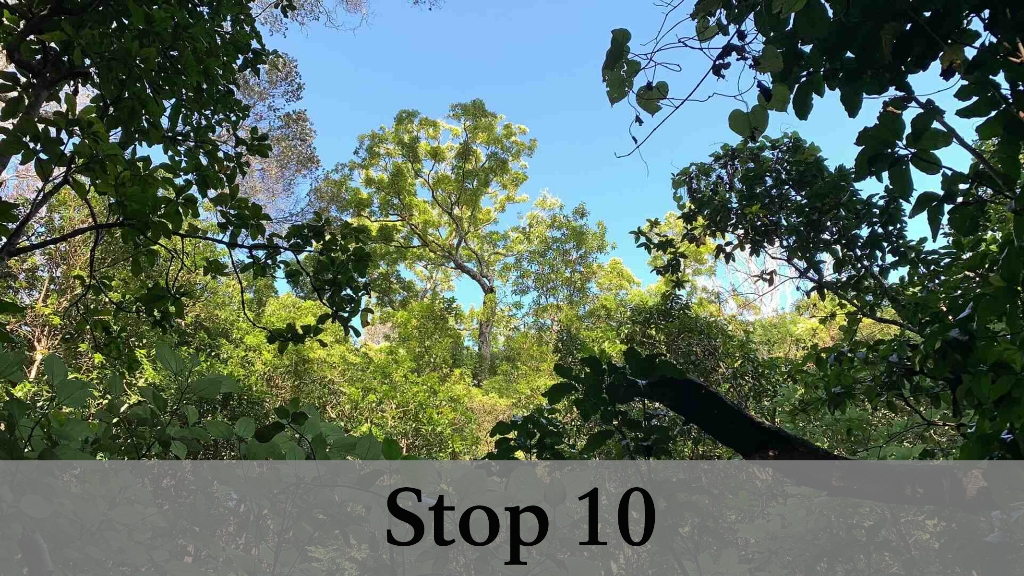
Park resource managers continue 10 a long tradition of restoration.
Twenty years ago, despite the removal of grazing animals, many parts of Kīpukapuaulu (approximately 1/4 of the kīpuka) remained a treeless grassland, choked by invasive blackberry (Rubis argutus) and alien pasture grasses. To encourage restoration, today’s resource specialists, like those that preceded them, continue to remove the invasive blackberry and grasses that litter the forest. This has allowed the native plants to recover naturally. Where native trees didn’t recover, even after repeated weed-removal efforts, fast-growing native trees and shrubs were planted. Once these faster growing plants matured and created shade, other shadetolerant native understory species were planted below them. Although the threats of volcanic activity or wildfire are always present, hard-working resource specialists continue to care for this flourishing native forest.Is there something we missed for this itinerary?
Itineraries across USA

Acadia

Arches National Park

Badlands

Big Bend

Biscayne

Black Canyon Of The Gunnison

Bryce Canyon

Canyonlands

Capitol Reef

Carlsbad Caverns

Channel Islands

Congaree

Crater Lake

Cuyahoga Valley

Death Valley

Dry Tortugas

Everglades

Gateway Arch

Glacier

Grand Canyon

Grand Teton

Great Basin

Great Smoky Mountains

Guadalupe Mountains

Haleakalā

Hawaiʻi Volcanoes

Hot Springs

Indiana Dunes

Isle Royale

Joshua Tree

Kenai Fjords

Kobuk Valley

Lassen Volcanic

Mammoth Cave

Mesa Verde

Mount Rainier

North Cascades

Olympic

Petrified Forest

Pinnacles

Rocky Mountain

Saguaro

Shenandoah

Theodore Roosevelt

Virgin Islands

Voyageurs

White Sands

Wind Cave

Yellowstone

Yosemite

Zion